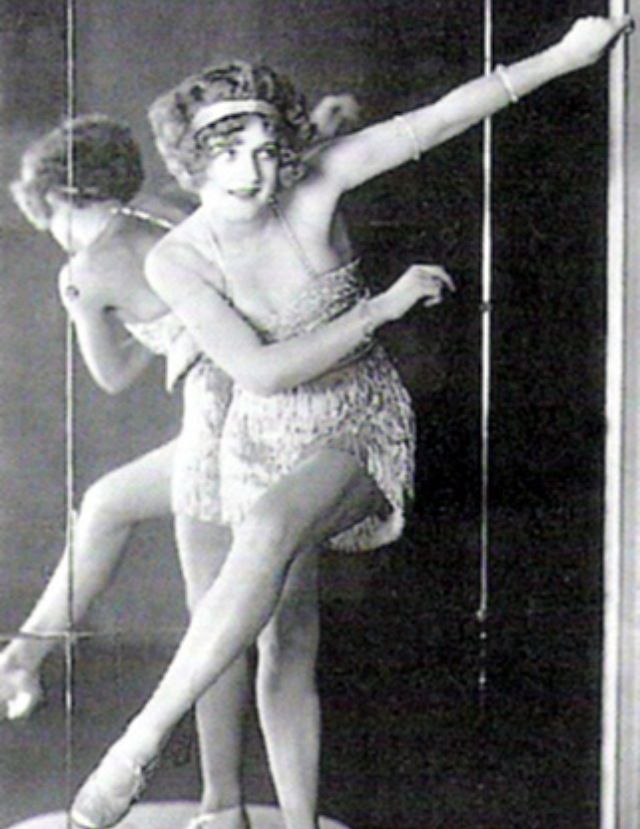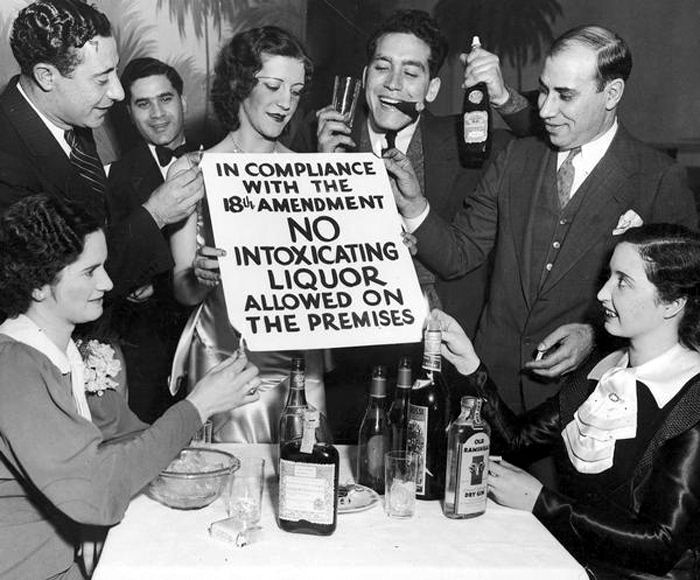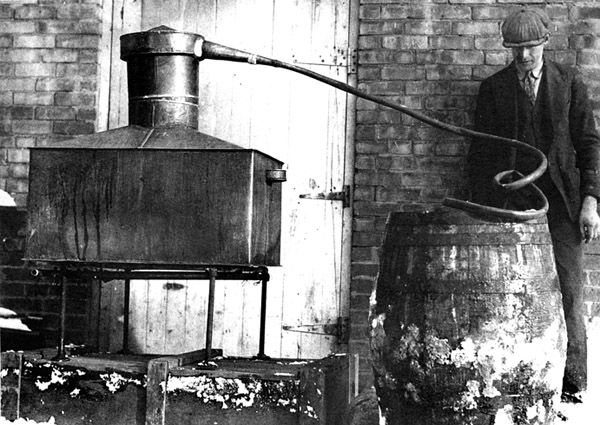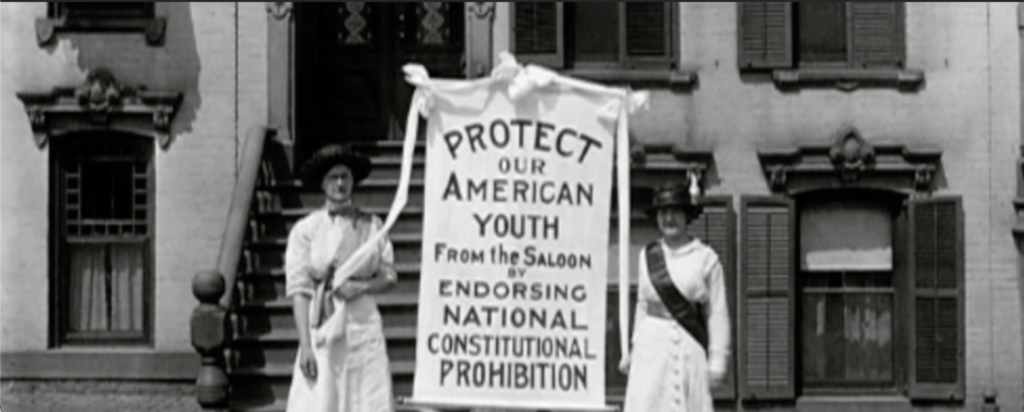For me, the immediate mental image with mention of the “roaring” twenties is always flappers, in fringy dresses, dancing the fast-paced Charleston and smoking from long cigarette holders. Dark, smoky and crowded nightclubs where jazz, the popular music of the time, played late into the night. Where do these mental images come from? I can’t say for sure, but likely from the use of social and cultural references, including fashion and music, in books and films, as well as briefly learning about this period in middle-school and high school. Wherever these impressions came from, they suggested the 1920s were a wild, break-the-rules and pivotal time in American history.
Aside from the iconic 1920’s flappers and jazz music, the decade was known as the Prohibition era in America. The attempt at a “dry” nation led to illegal bootleggers, alcohol traffickers, the infamous speakeasies and the rise of the notorious and ruthless gangster, Al Capone, also known as Scarface.

1920 was the year when women finally won the constitutional right to vote and gain a voice in politics and the decade when automobiles really began to become a common mode of transportation in America. From the affordable and popular Ford Model T to the flashy Rolls Royce, a symbol of wealth in “The Great Gatsby” novel, the car industry experienced a major boom in the 1920s.
What I didn’t know about the 1920’s until diving deeper into images and history was the significant role women played in the events of the decade, and how the events of the decade helped advance the lives of women, then and now. For instance, the enactment of the 18th amendment in 1919, or The National Prohibition Act, which went into effect in 1920, was mainly driven by women and other groups who believed the virtue of “temperance” would greatly benefit humanity. Support of the amendment grew out of the pervasive alcohol abuse among men. At the time, women had very few legal rights, and they suffered the consequences of dealing with alcoholic and abusive men. The Women’s Christian Temperance Union fought for the 18th amendment out of growing concern for the safety and rights of women and children.
While the utopian hopes for Prohibition had potential in reducing alcohol-related domestic violence, abuse, premature death, injury and crime, it unfortunately backfired. Though some scholarly sources claim the ban did reduce alcoholism and the social acceptance of public drunkenness, it also created unexpected problems. Illegal businesses quickly replaced legal ones and alcohol remained easily accessible, thanks to the “mob”. Instead of an ideal world, the decade brought lawlessness, rising murder and death rates, an underground economy based on bootleg liquor production and sales and the operation of illegal nightclubs. Prohibition did not solve the social ills of America, it just created additional ones. This realization ultimately led to the repeal of the 18th amendment, in 1933. This is the only Constitutional amendment that’s ever been repealed.

At one end of the spectrum were the women who worked for years promoting national Prohibition. Eager to have more political influence, they were aligned with women’s suffrage movement. At the other end of the spectrum were the women who began attending the illegal jazz clubs and pushing back on social and gender norms. These women, known as “flappers,” soon became a pop culture icon. Flappers redefined fashion and gender norms, smoked cigarettes, guzzled liquor and engaged in other behaviors socially acceptable for men only. The activities of both groups helped to change women’s social position and level of influence. The 1920s are also remembered for other advancements including technology and mass production. Assembly lines, conveyor belts, and the expansion of electricity across the nation paved the way for increased employment, cheaper consumer goods and economic prosperity. Automobile production and sales skyrocketed. By the end of the decade, the number of cars on the road increased tremendously, with many families owning a car. The mass production of household appliances also exploded. These, and the other events and advancements throughout the decade, changed the way people lived, worked, traveled, and thought. The 1920s was a very important and influential period of time in American history.








